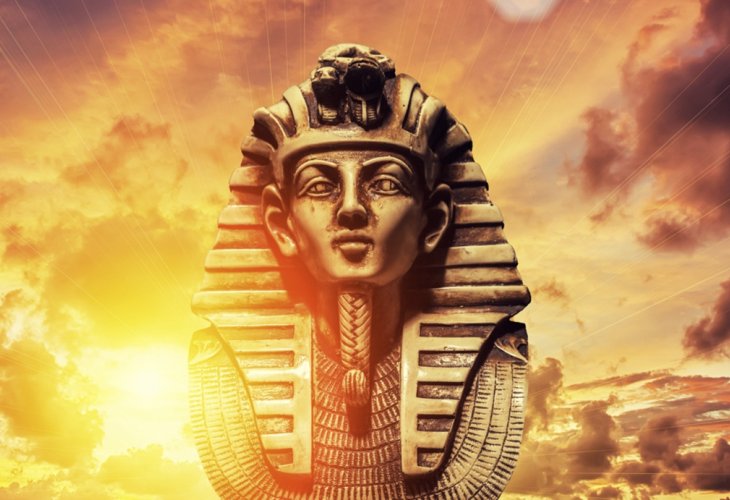Torah Personalities
Who Was Pharaoh? A Biblical Look at Egypt’s Most Famous Monarch
From Avraham to Moshe, the Torah presents multiple Pharaohs who shaped the destiny of the Jewish people in their time
 (Photo: shutterstock)
(Photo: shutterstock)Pharaoh: Title or Name?
In the Bible, Pharaoh is not a proper name but a royal title used for the kings of Egypt. Every Egyptian monarch is referred to as Pharaoh throughout the Tanach, even in periods when this designation was not yet historically in use. Because of the Torah’s enduring influence, the entire Western world adopted the term Pharaoh to refer to ancient Egyptian rulers.
A Tale of Six Pharaohs
Pharaoh in the Time of Avraham
In Bereishit (chapter 12), Avraham goes down to Egypt on account of a famine. There, Pharaoh takes Sarah into his palace, believing she is Avraham’s sister. As a result, Hashem strikes Pharaoh and his household with plagues until Sarah is returned to Avraham.Pharaoh in the Time of Yosef
In Bereishit (chapters 37–50), Yosef interprets Pharaoh’s dreams and is appointed second-in-command to help Egypt prepare for a coming famine. This pharaoh elevates Yosef and welcomes his family into Egypt.Pharaoh Who Enslaved the Israelites
In Shemot (chapters 1–2), “a new king arose over Egypt who did not know Yosef.” Some commentators say this was a new pharaoh; others say it was the same one, but he deliberately ignored Yosef’s contributions. Seeing the Israelites’ rapid growth, he enslaves them and imposes on them a harsh labor tax. According to Rashi, Pharaoh did not die but was afflicted with leprosy, which the Sages liken to death.Pharaoh of the Ten Plagues and the Exodus
In Shemot (chapters 5–14), Moshe and Aharon confront Pharaoh and demand he release the Israelites. Pharaoh refuses, and Egypt is struck by ten devastating plagues. Only after the final plague—the death of the firstborn—does he let them go. He later chases them to the Red Sea, where his army is wiped out.Pharaoh, Father-in-Law of King Shlomo
In Melachim I (chapter 3), Pharaoh conquers the city of Gezer and gives it as a dowry to his daughter, who marries King Shlomo. This pharaoh symbolizes a period of diplomacy between Egypt and Israel.Pharaoh (Necho II), in the Days of King Yoshiyahu
Melachim II (chapter 23) and Yirmiyahu (chapter 46) describe Pharaoh Necho's passage through the Land of Israel to battle Assyria. King Yoshiyahu attempts to stop him and is killed. Necho II then deposes Yoshiyahu’s ruling son and installs Yehoyakim (also Yoshiyahu's son) as king, placing a heavy tax burden on Judah.
What Happened to Pharaoh?
The Midrash Shocher Tov (on Tehillim 106) records a debate. Rabbi Yehudah maintains Pharaoh drowned with his army, as the verse notes, “Not one of them remained.” Rabbi Nechemiah argues that Pharaoh survived, citing the verse “For this reason I have kept you alive” (Shemot 9:16). Other sources say he eventually ruled in Nineveh. This view appears in Pirkei de-Rabbi Eliezer (chapter 43) and in Ba’al HaTurim on Shemot 14:31.

